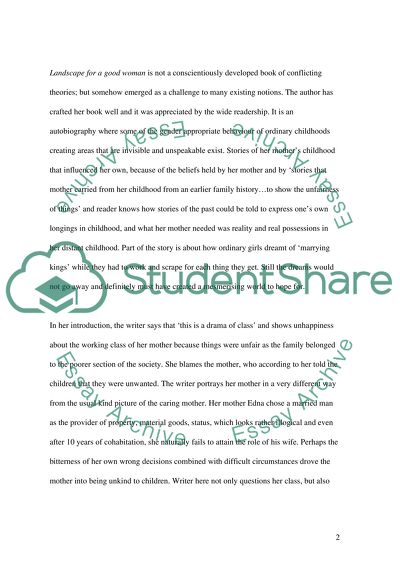Cite this document
(“Analysis of Landscape for Good Woman by Carolyn Steedman Book Report/Review”, n.d.)
Analysis of Landscape for Good Woman by Carolyn Steedman Book Report/Review. Retrieved from https://studentshare.org/literature/1529680-carolyn-steedmans-landscape-for-good-woman
Analysis of Landscape for Good Woman by Carolyn Steedman Book Report/Review. Retrieved from https://studentshare.org/literature/1529680-carolyn-steedmans-landscape-for-good-woman
(Analysis of Landscape for Good Woman by Carolyn Steedman Book Report/Review)
Analysis of Landscape for Good Woman by Carolyn Steedman Book Report/Review. https://studentshare.org/literature/1529680-carolyn-steedmans-landscape-for-good-woman.
Analysis of Landscape for Good Woman by Carolyn Steedman Book Report/Review. https://studentshare.org/literature/1529680-carolyn-steedmans-landscape-for-good-woman.
“Analysis of Landscape for Good Woman by Carolyn Steedman Book Report/Review”, n.d. https://studentshare.org/literature/1529680-carolyn-steedmans-landscape-for-good-woman.


